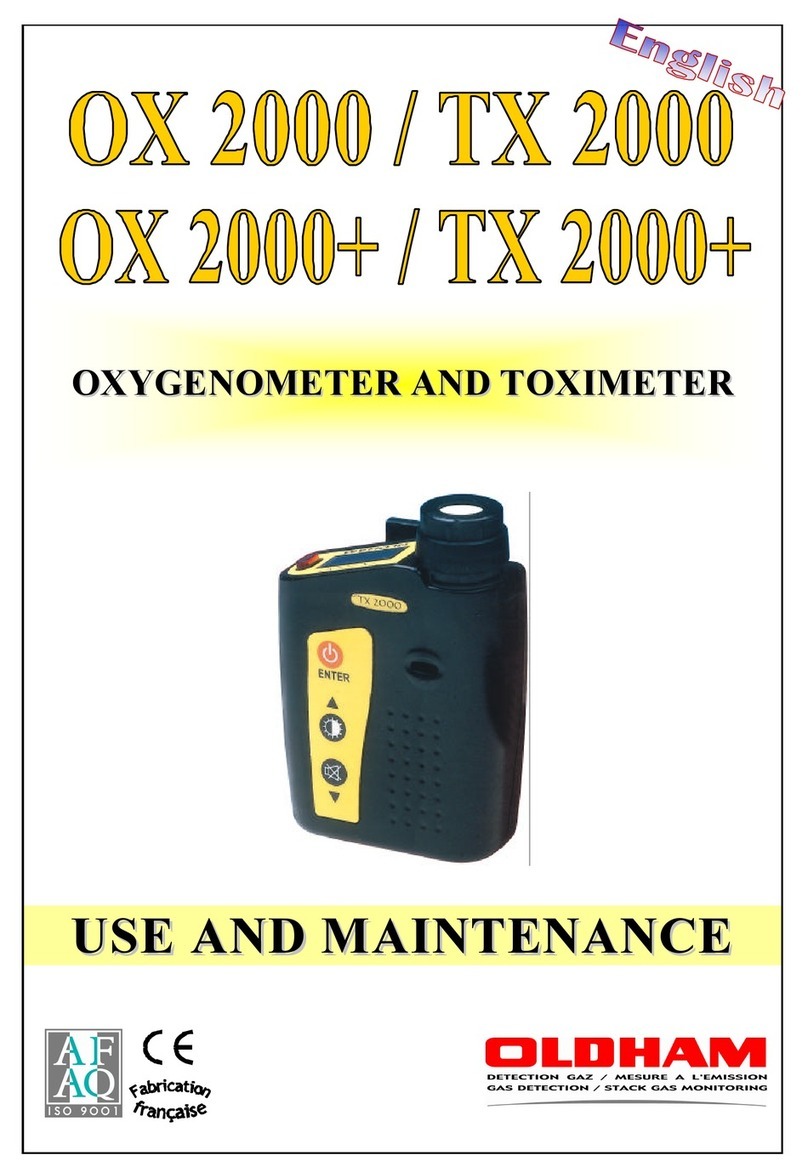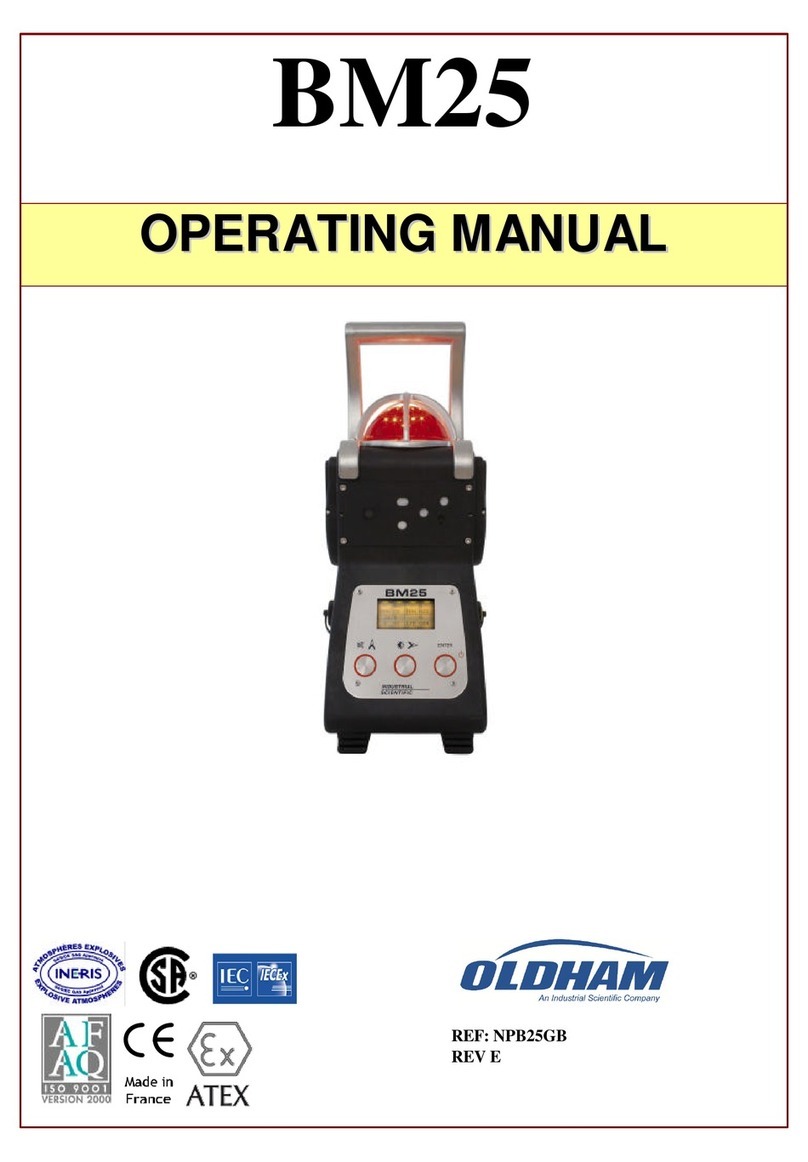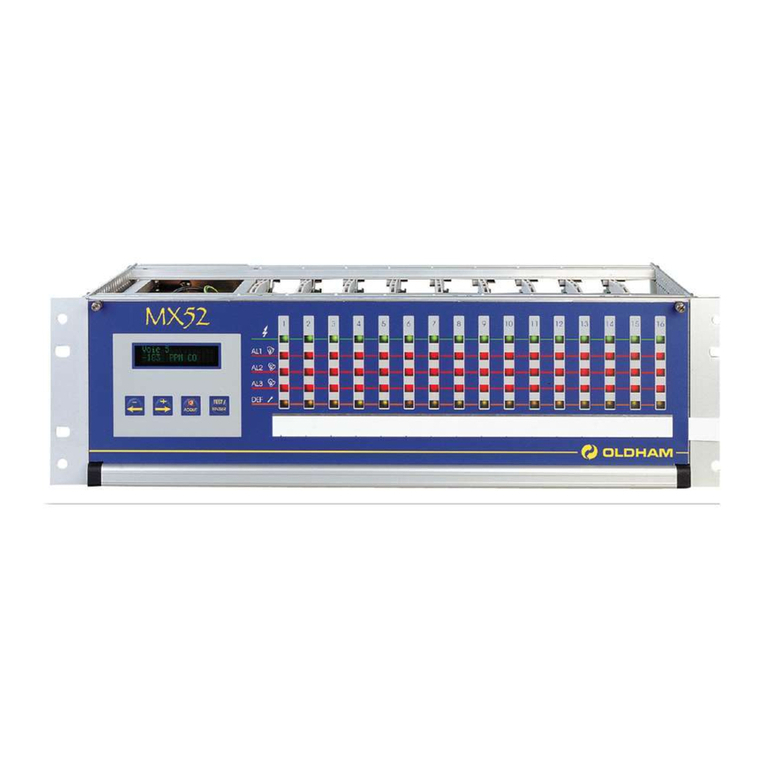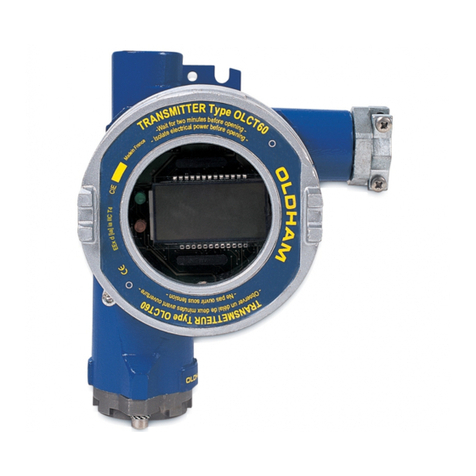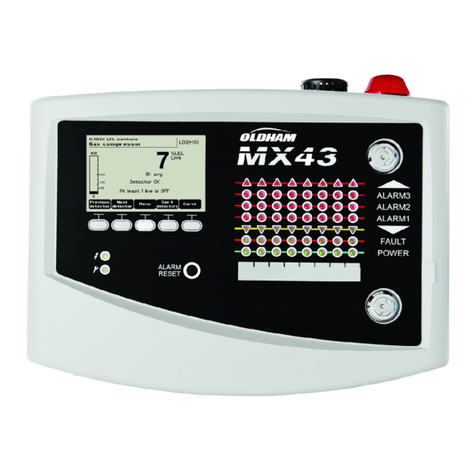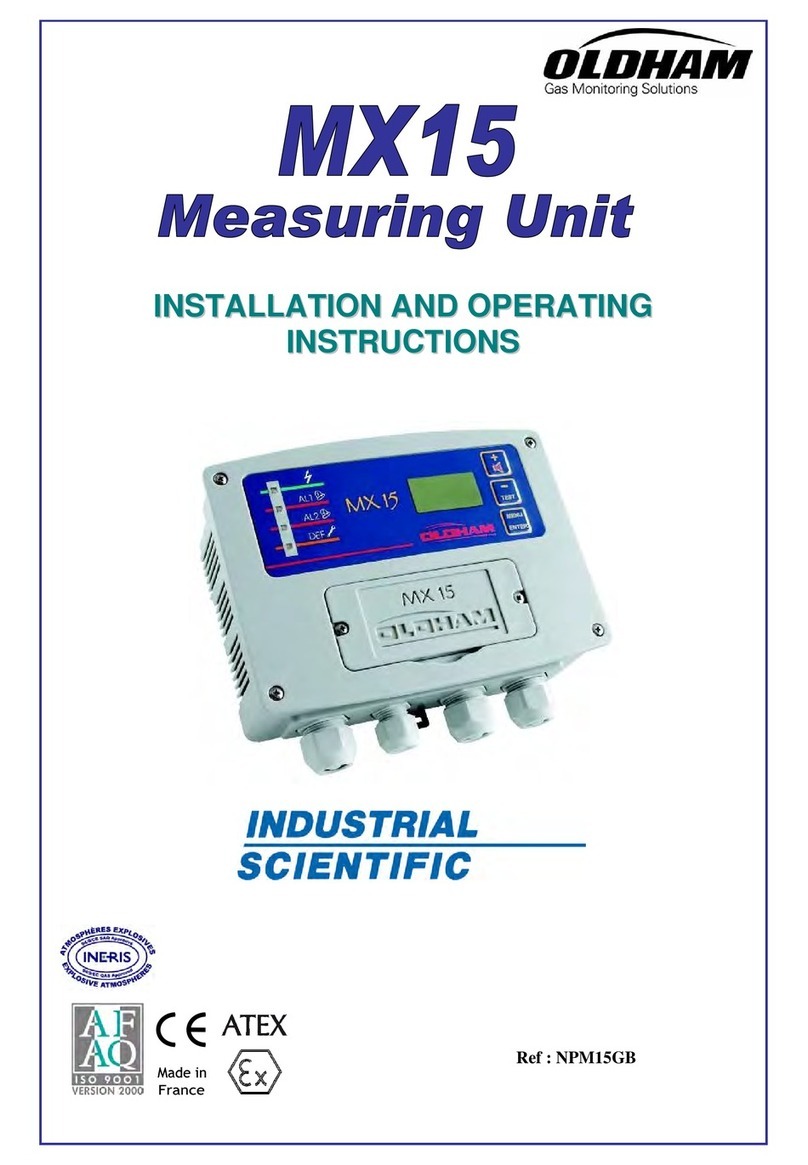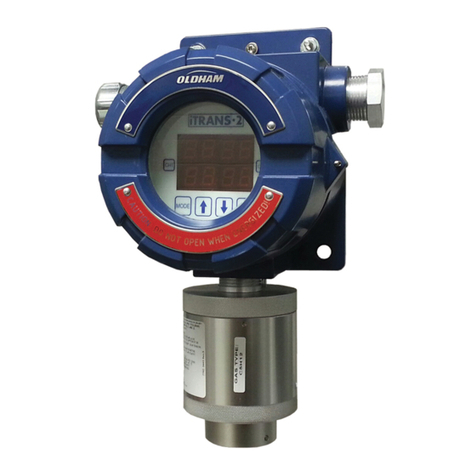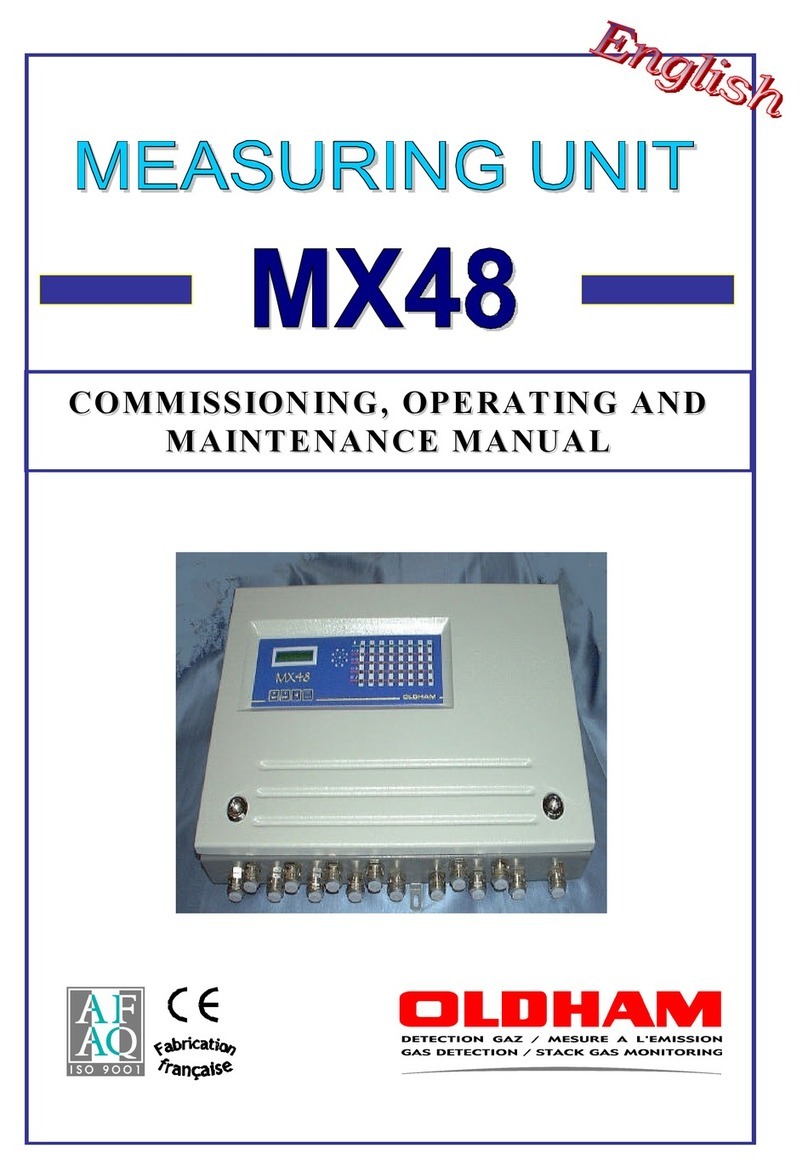
iTrans Fixed Point Single/Dual Gas Monitor Table of Contents
(P/N: 77023554-1) iTrans User Manual v
Table of Contents
CHAPTER 1: INTRODUCTION
1.1. Overview of the Gas Monitor............................................................................1-1
1.2. Specifications .........................................................................................................................1-1
1.3. Agency Approvals - CSA.......................................................................................................1-3
1.4. Special Instructions for Safe Use (EU) ..................................................................................1-5
CHAPTER 2: HARDWARE OVERVIEW
2.1. Main Electronics Unit (Housing) ...........................................................................................2-1
2.2. Sensor.....................................................................................................................................2-2
2.3. Display....................................................................................................................................2-3
2.4. Inputs –Intrusive and Non-Intrusive......................................................................................2-3
2.5. Electronics Modules...............................................................................................................2-4
CHAPTER 3: INSTALLATION
3.1. Introduction............................................................................................................................3-1
3.2. Installation Considerations.....................................................................................................3-1
3.3. Wall Mounting........................................................................................................................3-1
3.4. Column Mounting ..................................................................................................................3-1
CHAPTER 4: SYSTEM WIRING
4.1. Introduction............................................................................................................................4-1
4.2. Wiring Preparation .................................................................................................................4-1
4.3. Alarm Relay Wiring (J1, J5, and J6)......................................................................................4-2
4.4. Power and Output Wiring (J1) ...............................................................................................4-3
4.5. Sensor Wiring (J3)..................................................................................................................4-4
4.6. Digital ModBus RTU Interface Wiring (J1) ..........................................................................4-9
4.6.1. ModBus Interface Wiring Overview..........................................................................4-9
4.6.2. Setting the ModBus Address on the ......................................................4-9
4.6.3. Setting the ModBus Address for Stand-Alone Sensors...........................................4-10
4.7. Wiring Conclusion................................................................................................................4-12
CHAPTER 5: OPERATION
5.1. Initial Start-up.........................................................................................................................5-1
5.2. Warm-up Period.....................................................................................................................5-1
5.3. Normal Operating Mode.........................................................................................................5-2
5.4. Programming Mode Overview...............................................................................................5-3
5.5. Programming Mode –Non-intrusive Operation.....................................................................5-4
5.5.1. Introduction................................................................................................................5-4
5.5.2. Sensor Type ...............................................................................................................5-5
5.5.3. Zeroing.......................................................................................................................5-5
5.5.4. Calibration..................................................................................................................5-6
5.5.5. Changing Span Gas Concentration............................................................................5-7
5.5.6. Sensor Span Reserve..................................................................................................5-8
5.6. Programming Mode –Push Button Operation.......................................................................5-8
5.6.1. Introduction................................................................................................................5-8
5.6.2. Entering Programming Mode and Selecting a Channel.............................................5-9
5.6.3. Set Low Alarm.........................................................................................................5-10
